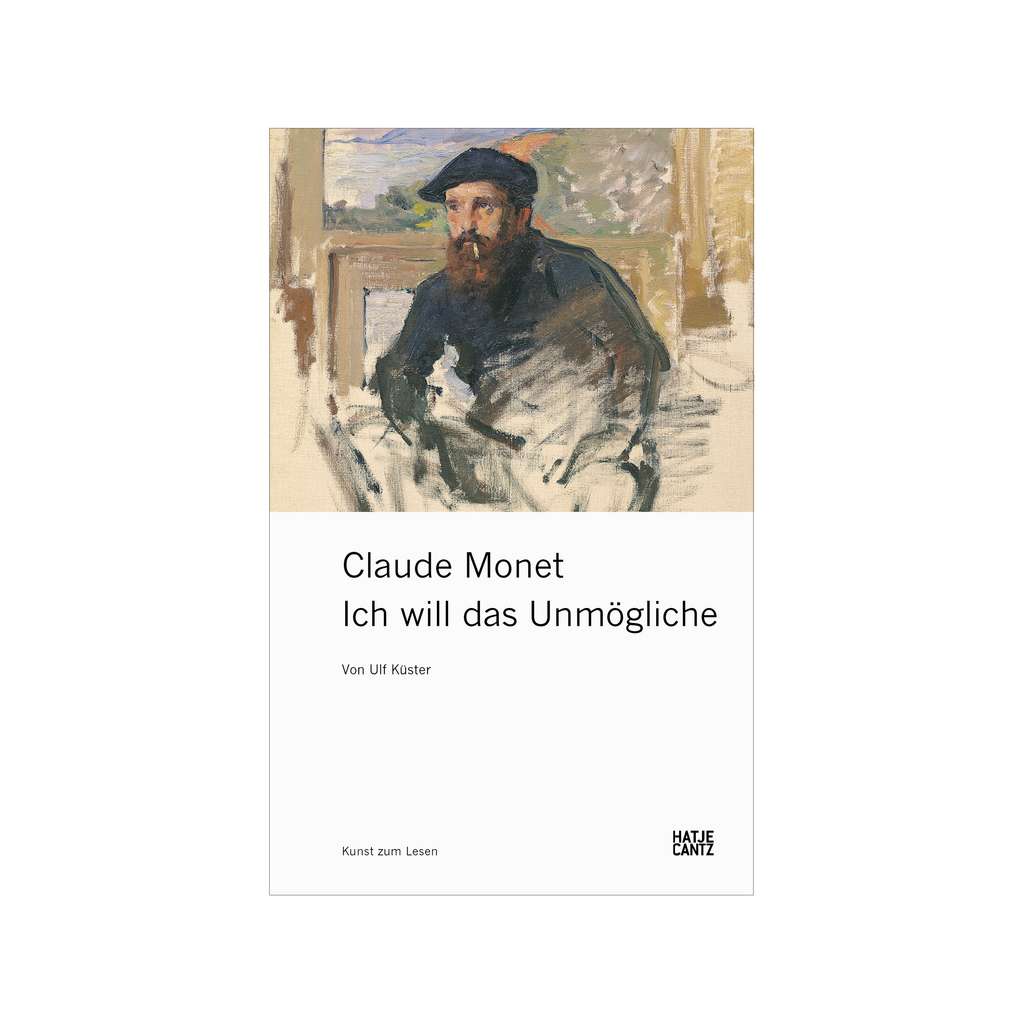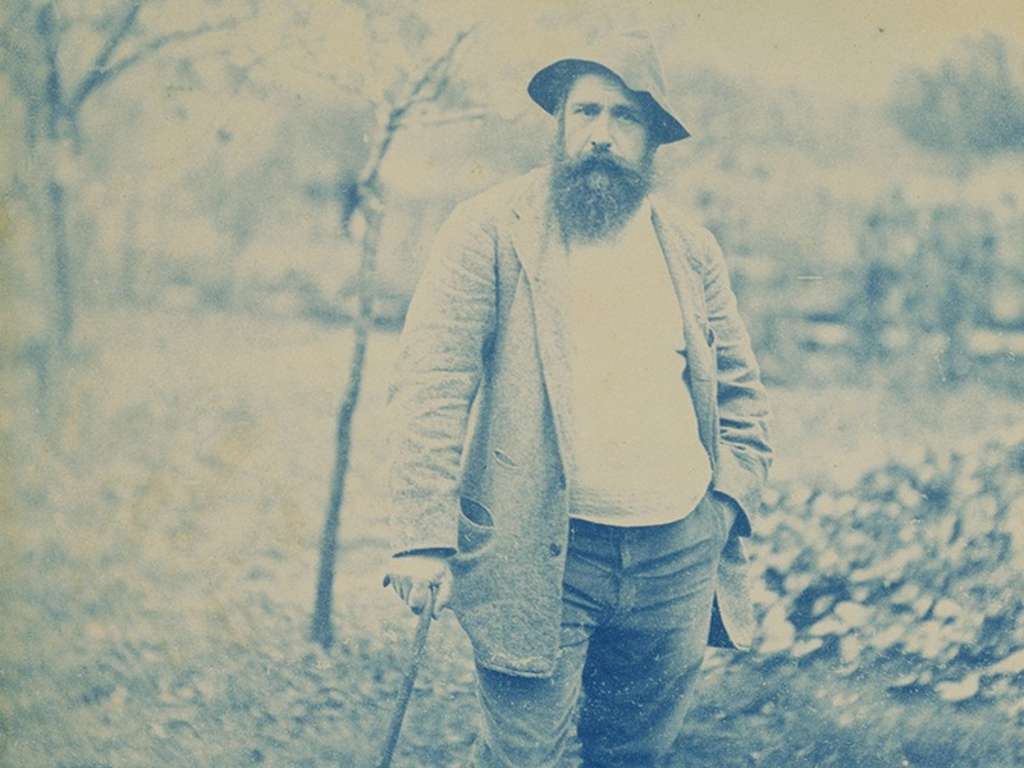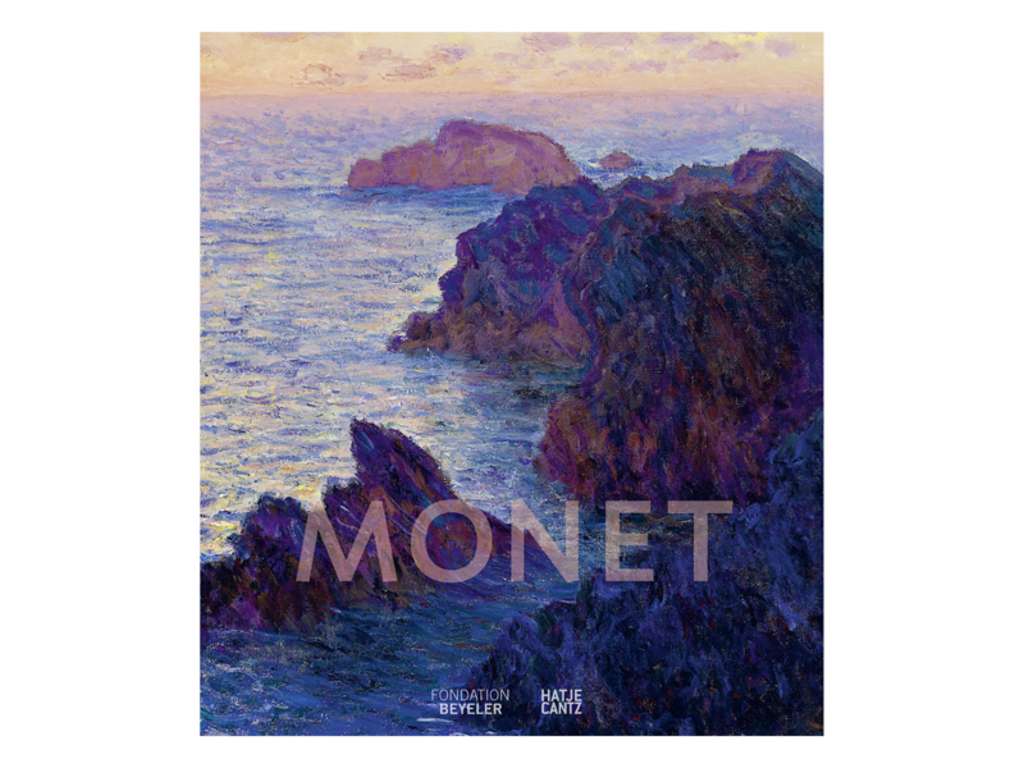January 22 - May 28, 2017
To mark its twentieth anniversary, we are presenting one of the most important and best-loved artists: Claude Monet. The exhibition will be a celebration of light and color, illustrating the artistic development of the great French painter from Impressionism to his famous late work. It will feature his Mediterranean landscapes, wild Atlantic coastal scenes, different stretches of the Seine, meadows with wild flowers, haystacks, water lilies, cathedrals, and bridges shrouded in fog.
In his paintings, Monet experimented with changing light and color effects in the course of a day and in different seasons. He succeeded in evoking magical moods through reflections and shadows.
Claude Monet was a great pioneer, who found the key to the secret garden of modern painting, and opened everyone's eyes to a new way of seeing the world.
The exhibition will bring together sixty-three masterpieces from private collections and renowned museums such as the Musée d'Orsay in Paris, the Pola Museum in Japan, the Metropolitan Museum in New York, and the Art Institute in Chicago.
#Monet
The exhibition "Monet" is being supported by:
Beyeler-Stiftung
Hansjörg Wyss, Wyss Foundation
Novartis
Steven A. and Alexandra M. Cohen Foundation
Bundesamt für Kultur BAK
Introduction by curator Ulf Küster
"How Monet becomes a poet of images" - Ulf Küster talks about the main topics of the exhibition.
Buch von Kurator Ulf Küster
«Ich verfolge einen Traum – ich will das Unmögliche... Die anderen Maler, sie malen eine Brücke, ein Haus, ein Boot … Sie malen diese Brücke, dieses Haus, dieses Boot, und sie sind fertig ... Ich will diese Luft, in der sich die Brücke und das Haus und das Boot befinden, malen – diese Schönheit von Licht, in welchem sie sind ...»
Claude Monet (1840–1926) war ein Pionier der modernen Malerei und Mitbegründer des Impressionismus. In acht Kapiteln stellt Ulf Küster, der Kurator der aktuellen Ausstellung in der Fondation Beyeler, verschiedene Aspekte von Monets Leben und Schaffen vor. Dabei geht es nicht nur um die Entwicklung des Impressionismus und das grossartige Spätwerk mit den Seerosenbildern aus seinem Garten in Giverny, sondern auch um die immer wiederkehrenden Themen in seinem Werk, etwa um Licht und Schatten, Spiegelungen, die Seine oder das Meer.

Lambert Wilson – Monet et ses lettres
"…mes constantes et bien tendres pensées…"
On the occasion of the “Monet" exhibition, the internationally known French actor was a guest at the Fondation Beyeler, where he read from Claude Monet’s letters.

Biography
Oscar-Claude Monet was born in Paris on November 14, 1840, the son of Claude-Alphonse, a commercial officer,and Louise-Justine Aubrée. From 1845 on he grew up in the port city of Le Havre in Normandy, his father having found employment in the trading house of his brother in-law, Jacques Lecadre. The Lecadres owned a house three kilometers away in the little fishing village of Sainte-Adresse, which as a burgeoning bathing resort was much loved by the Monets. Claude attended the local high school beginning in 1851 and there received his first drawing lessons. His earliest surviving sketches dating from 1856 show caricatures of his teachers and the landscapes of Le Havre.

CATALOGUE «MONET»
«The world's appearance would be shaken if we succeeded in perceiving the spaces in between things as things.» These words from the philosopher Maurice Merleau-Ponty apply to the core of Claude Monet's art in the years between 1880 and the beginning of the twentieth century. While interest usually lies only on the early and late work of this exceptional artist, the catalogue, containing more than fifty works of art, traces the development between these two periods. Accompanied by texts by well-known art historians, the reader is invited to follow Monet's unusual treatment of reflections and shadows in his paintings. It allowed him to break loose from the modalities of representational logic and the pictorial object. And they made room for an aesthetic that helped to do justice to perception itself and to enforce a painting's self-reflexive momentum.
«Under the Influence of Claude, Vincent, Paul… and the others»
(Die Film-Installation war nur bis 1. MAI 2017 zu sehen)
Der Einfluss der impressionistischen Malerei auf das junge französische Kino
Die Film-Installation von Matthias Brunner ist für die Fondation Beyeler anlässlich der Ausstellung „Monet“ entstanden. Sie dauert 30 Minuten und ist von der Symphonie Nr. 4 von Arvo Pärt untermalt.
Kaum eine Filmgattung ist so stark mit der bildenden Kunst verbunden, wie der impressionistische Film der 20er Jahre des letzten Jahrhunderts mit dem Impressionismus der französischen Malerei. Rein stilistisch betrachtet, wurden Filmpioniere und Regie-Ikonen wie Abel Gance, Jean Epstein, Germaine Dulac und Louis Delluc stark von der impressionistischen Malerei des 19. Jahrhunderts geprägt. Aber auch zahlreiche andere grosse Künstler wie Man Ray, der sich später einen grossen Namen bei den Surrealisten gemacht hat, oder Regisseure wie Jean Vigo und Jean Renoir, die zum Vertreter des poetischen Realismus gehörten, wurden in ihren frühen Werken vom französischen Impressionismus geprägt. So wurde der Impressionismus zur Eingangspforte für spätere, radikale Veränderungen der Filmsprache.
Wer die Farben der impressionistischen Malerei im noch jungen damaligen Kino vermisst, wird grosszügig entschädigt durch die raffinierte Filmtechnik, die sich durch schnelle Montagen, Zeitraffer, Unschärfen, Doppelbelichtungen, Lichtreflexionen, etc. auszeichnet. Der Dialog Malerei – Film – Malerei lässt sich vielleicht am Besten – bis zum heutigen Tag - beim Werk von Jean-Luc Godard nachvollziehen. In seinen Filmen wimmelt es an Zitaten aus der Malerei und Kunstgeschichte.
Besonders erwähnenswert sind ausländische Regisseure wie Sergej Eisenstein und G.V. Alexandrov, die in Frankreich «Romance sentimentale» drehten sowie ein weiterer Russe, Dimitri Kirsanoff, der in der Schweiz die legendäre französisch-schweizerische Co-Produktion „Rapt“ nach Ramuz drehte, wie auch Alberto Cavalcanti, der in Paris arbeitende, brasilianische Regisseur mit «Rien que les heures». Ihre Filme – alles französische Produktionen - stehen den französischen Regisseuren in kaum etwas nach und werden immer wieder mit dem französischen impressionistischen Film in Verbindung gebracht.
Die filmische Collage mit Ausschnitten aus 25 Filmen der 12 berühmtesten Regisseure, die damals in Frankreich für Furore sorgten, ist als eine Hommage an die impressionistische Malerei zu betrachten und an den impressionistischen Film, aus dem später das «Cinéma Pur», der abstrakte Film, sowie auch der Surrealismus und der poetische Realismus hervor gingen.
In Gedenken an:
Jean Epstein; Man Ray; Abel Gance; Dimitri Kirsanoff; Louis Delluc; Sergej Eisenstein; Germaine Dulac; G.V. Alexandrov; Jean Renoir; Alberto Cavalcanti; Louis Feuillade; Jean Vigo
Mit besonderem Dank an:
Dr. h.c. Sam Keller, Dr. Ulf Küster, Prof. Dr. Gottfried Boehm, Dr. Pamela Kort, Christian Wirtz, Heinz Spoerli, Jürg Steinacher